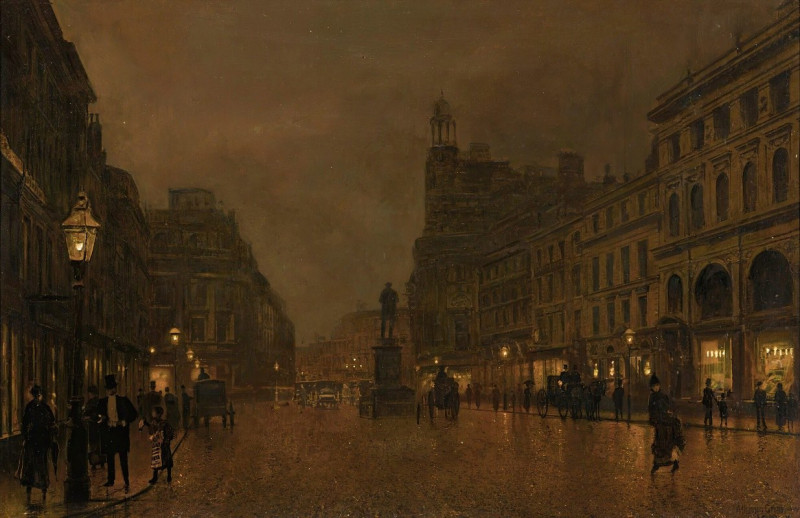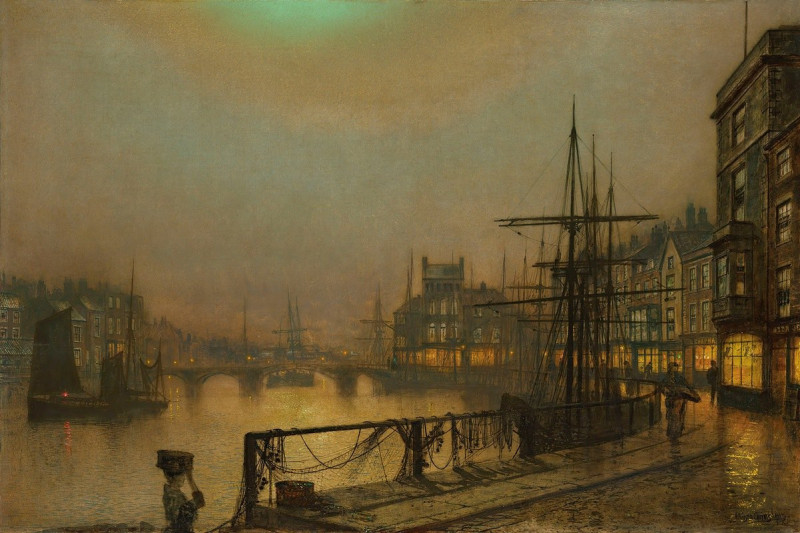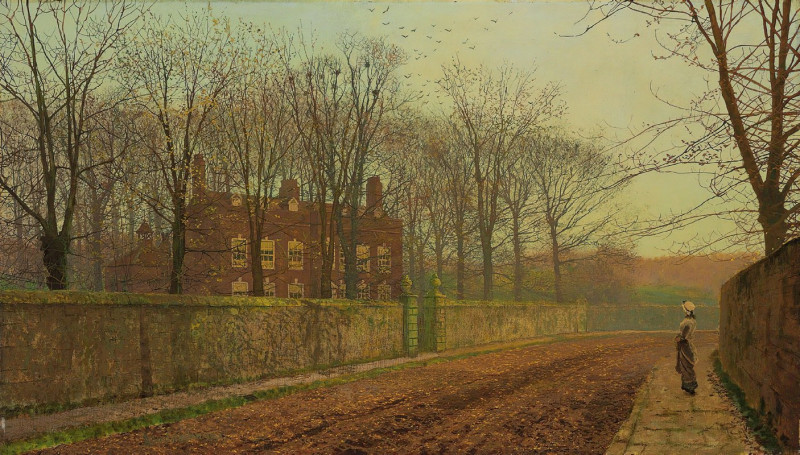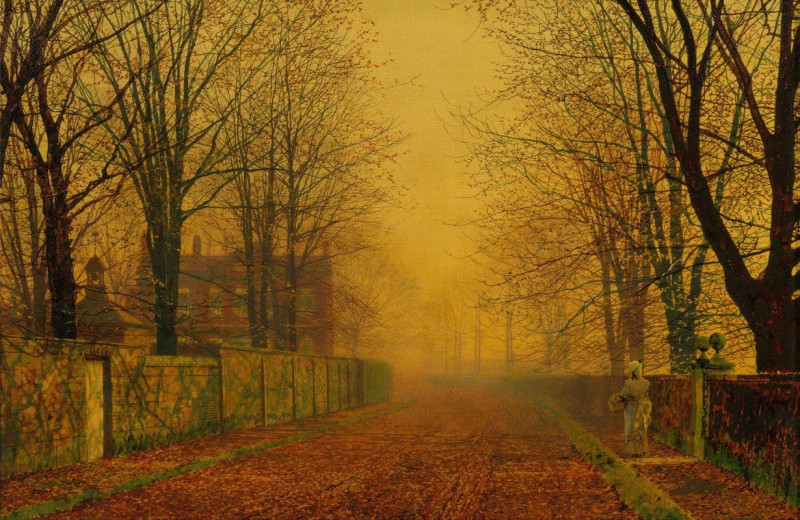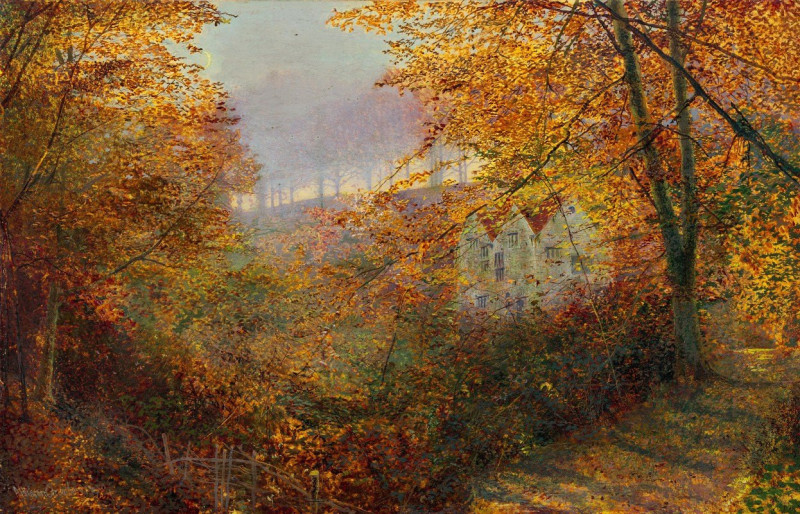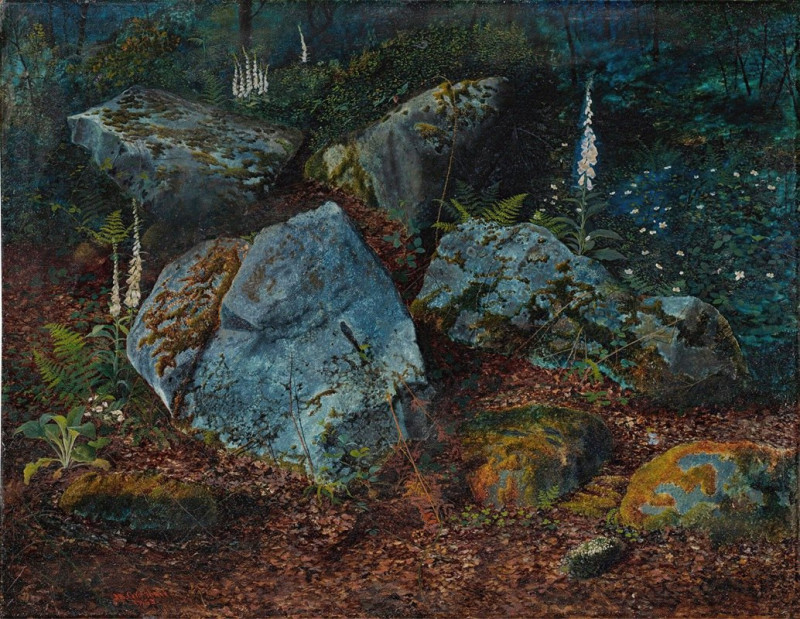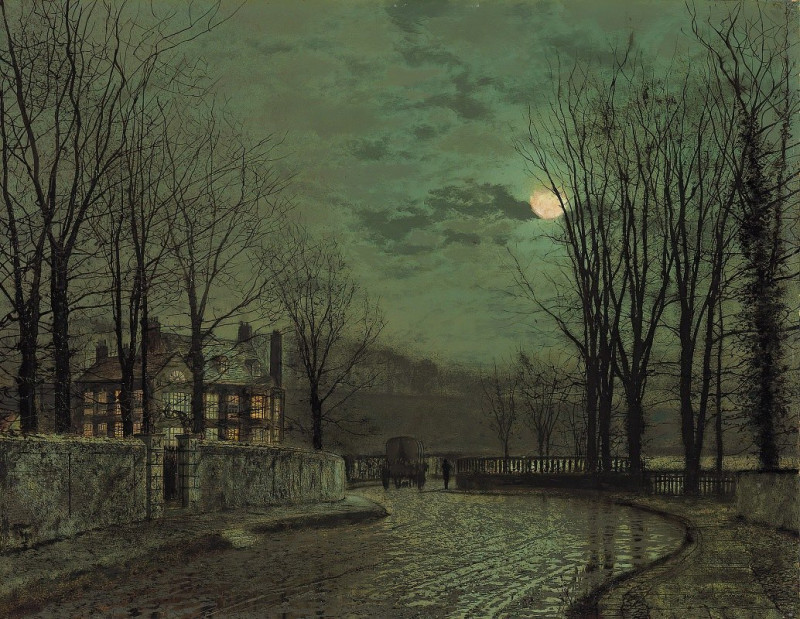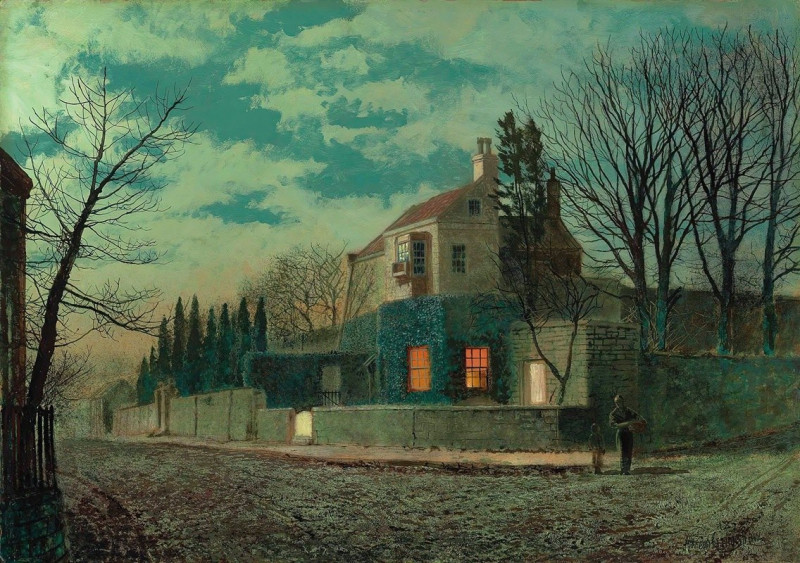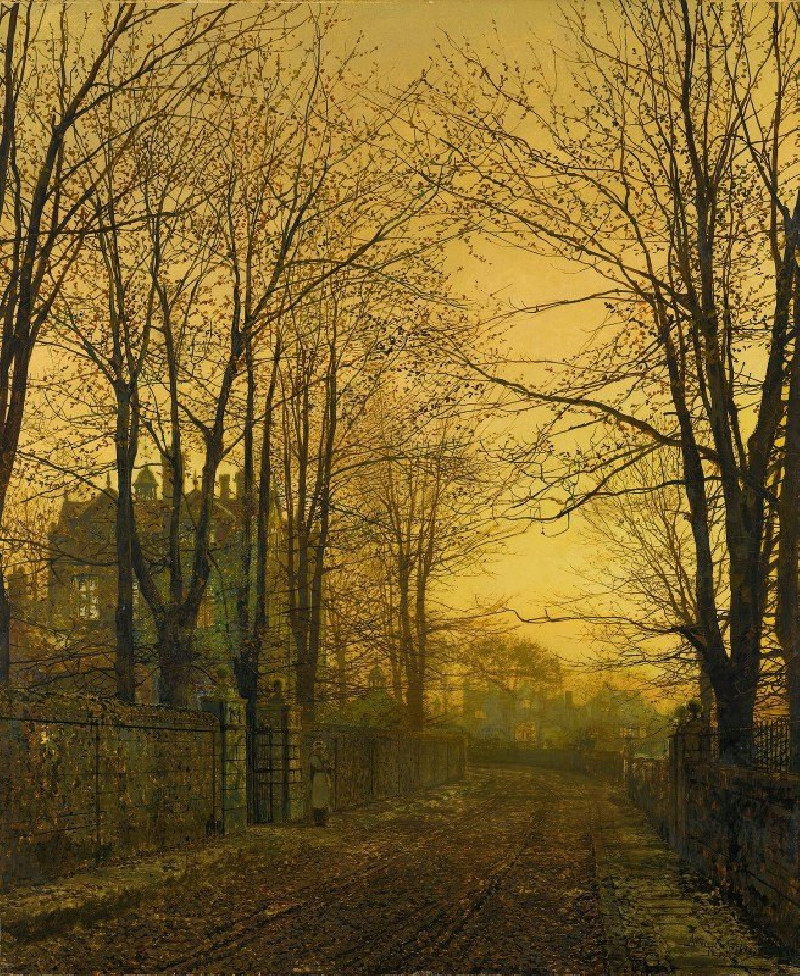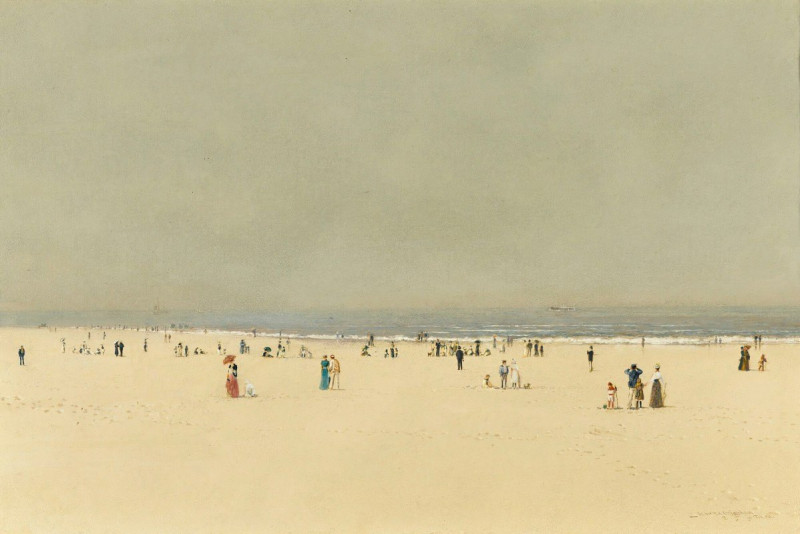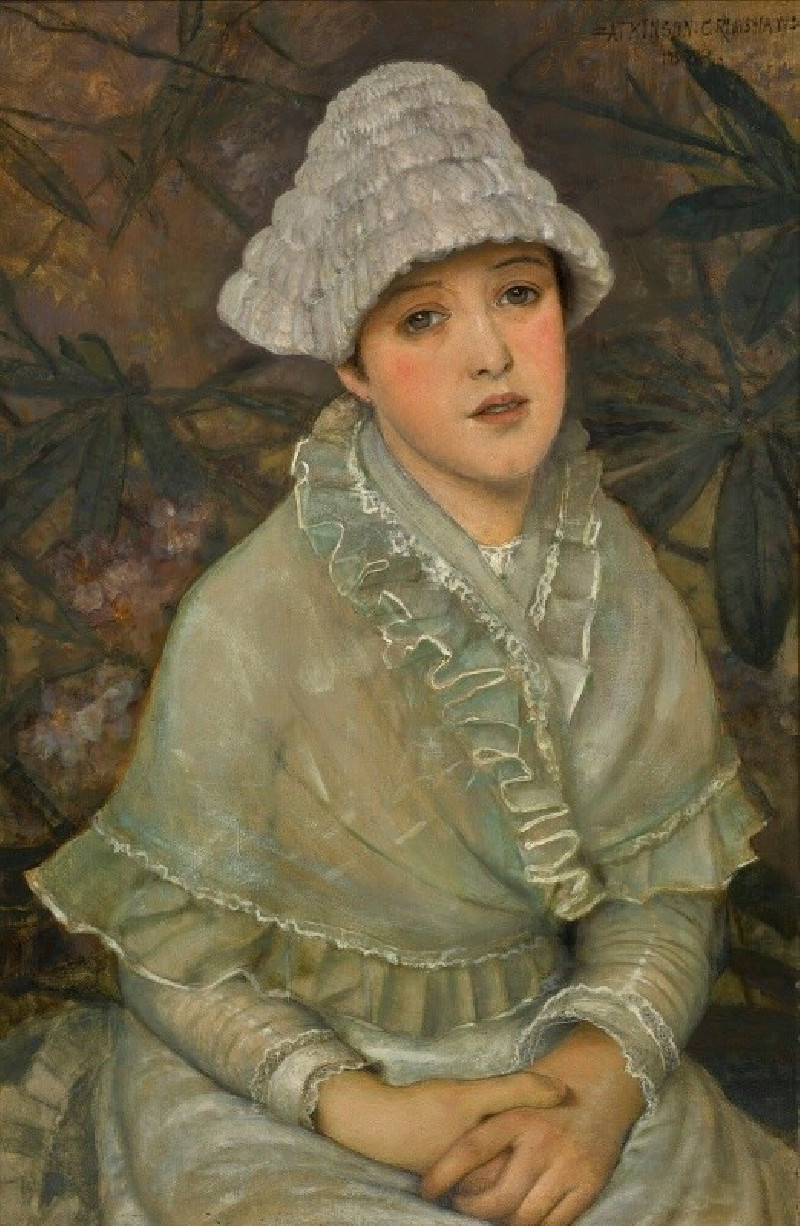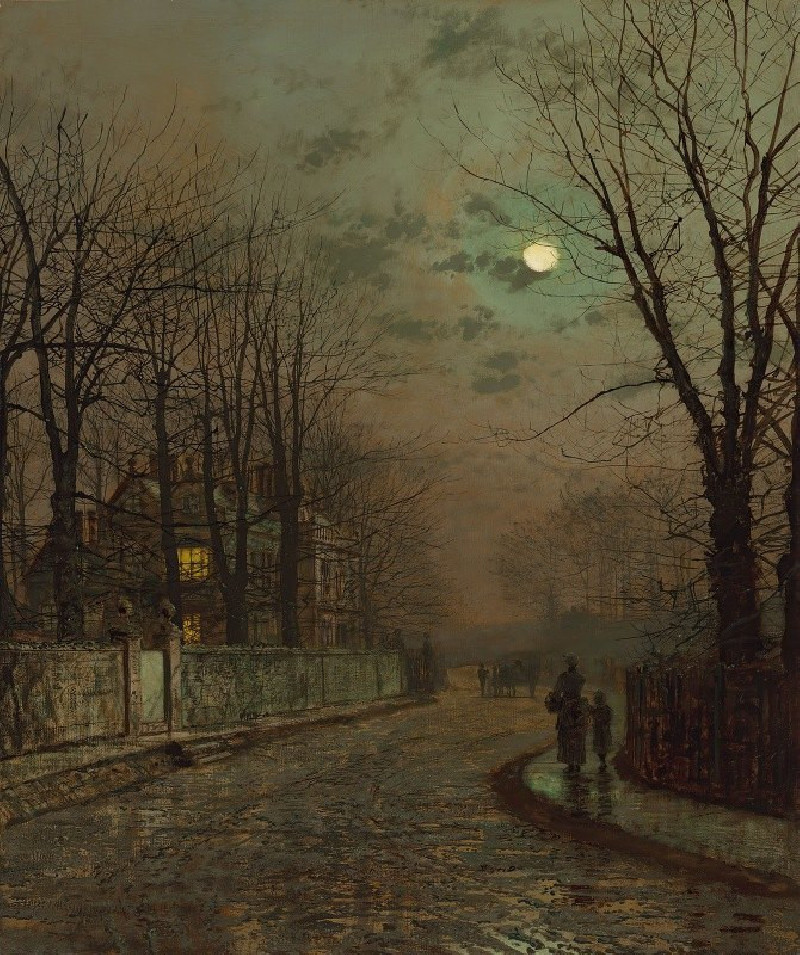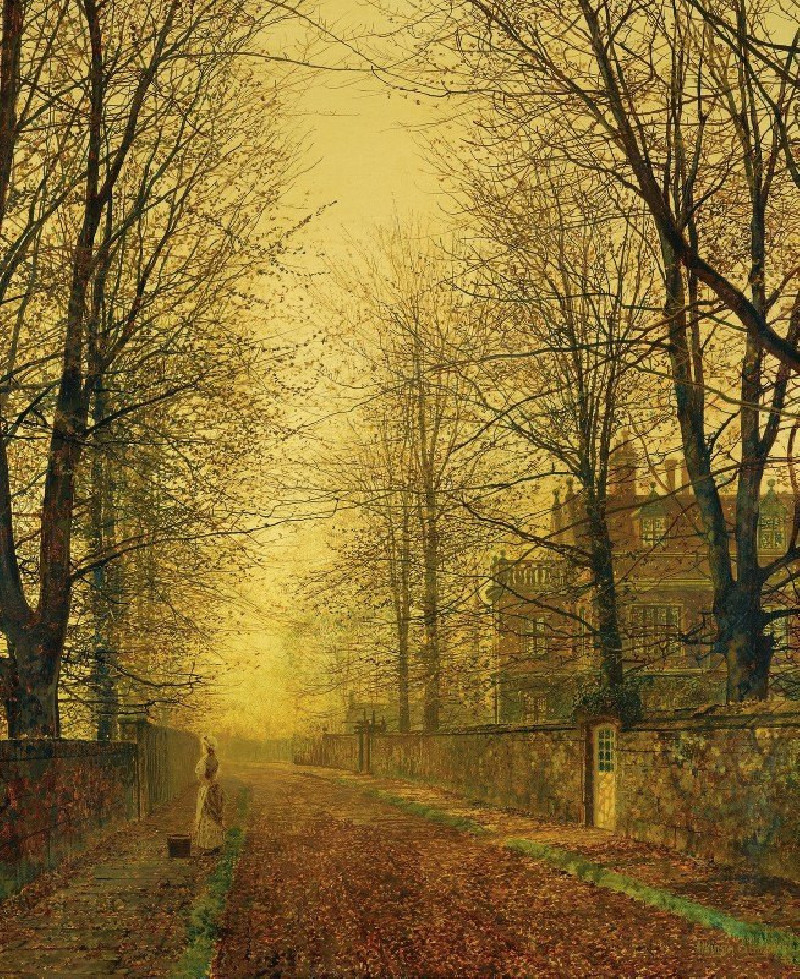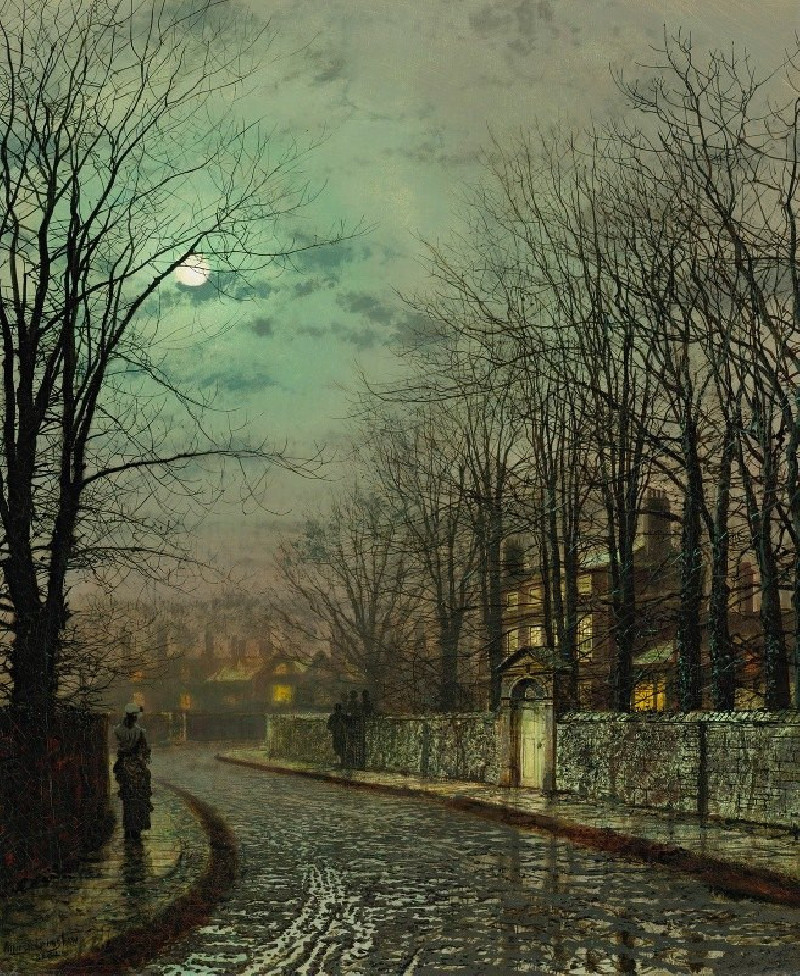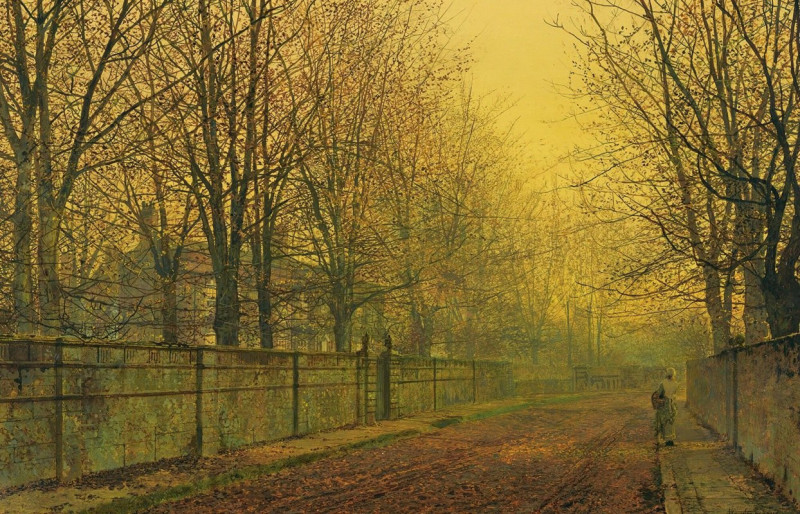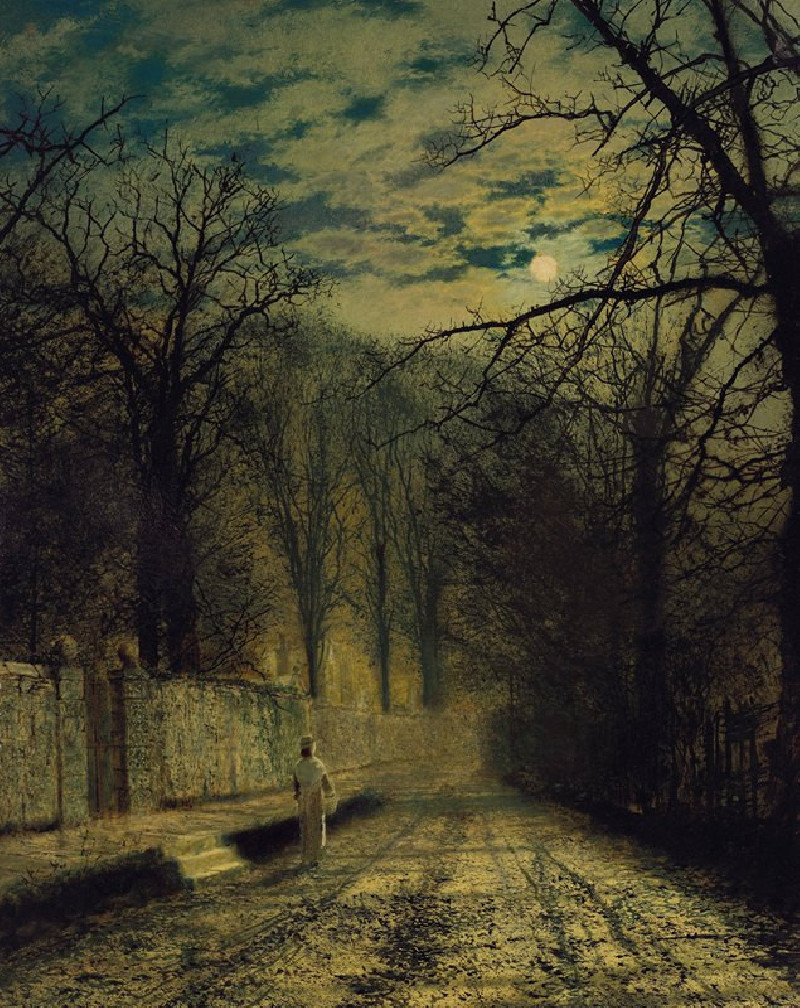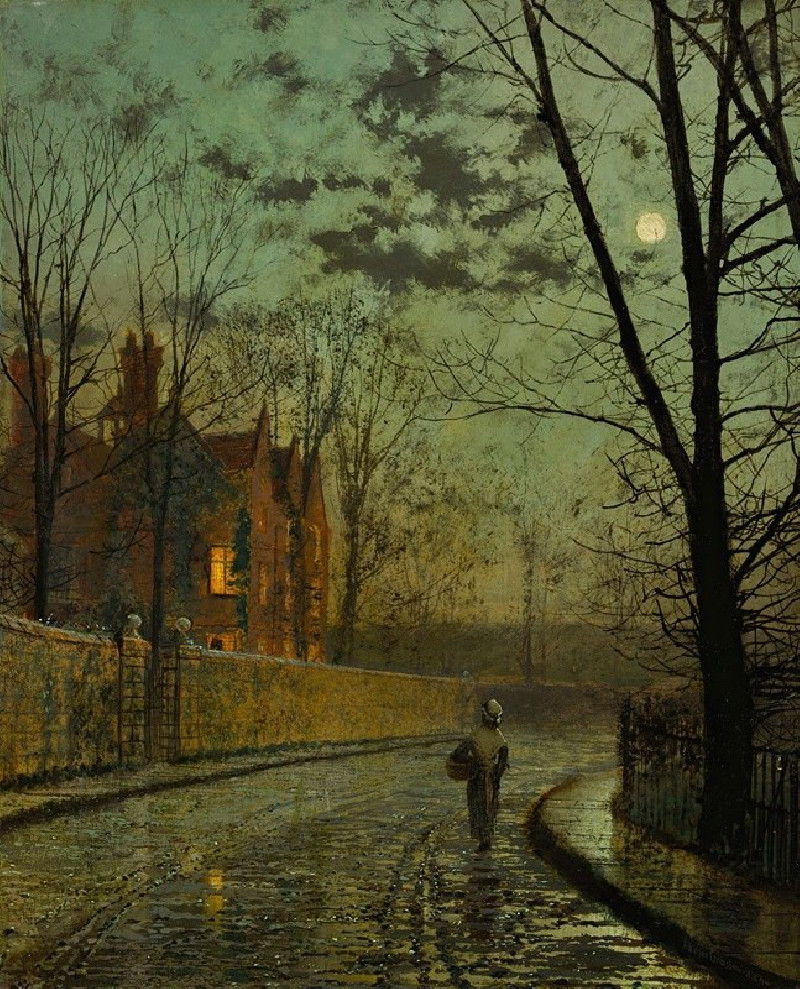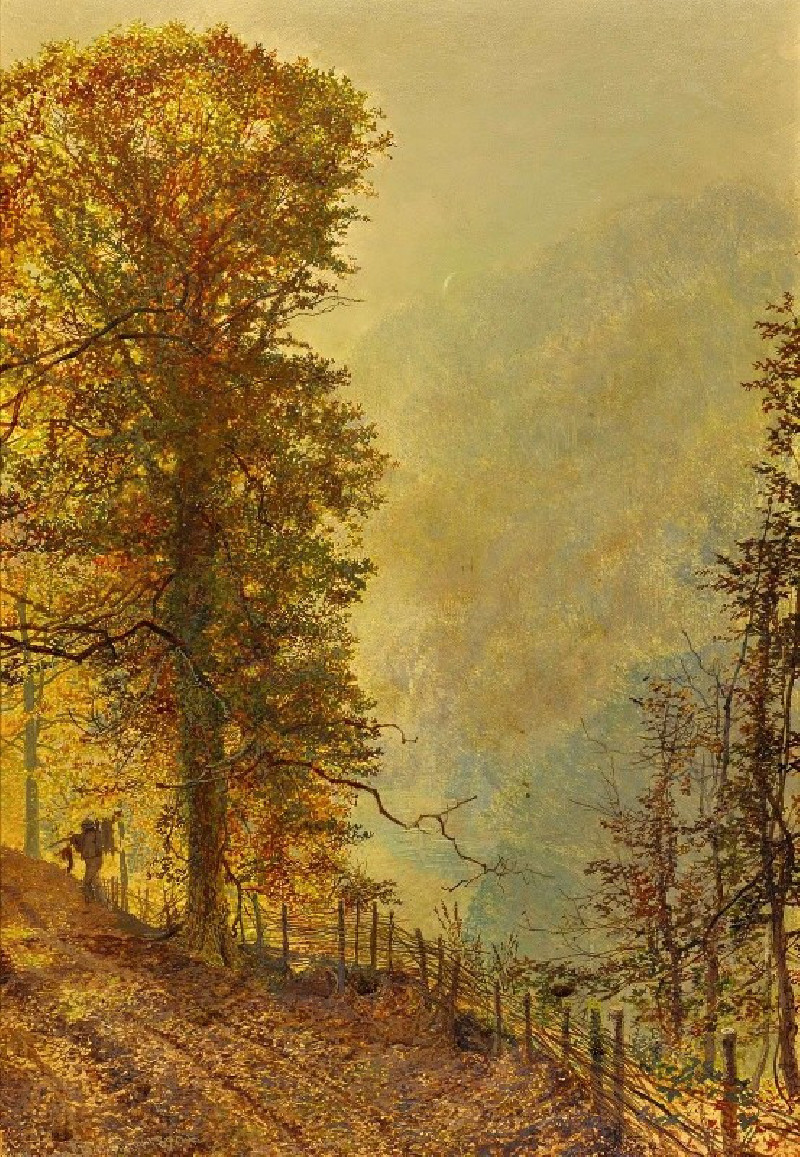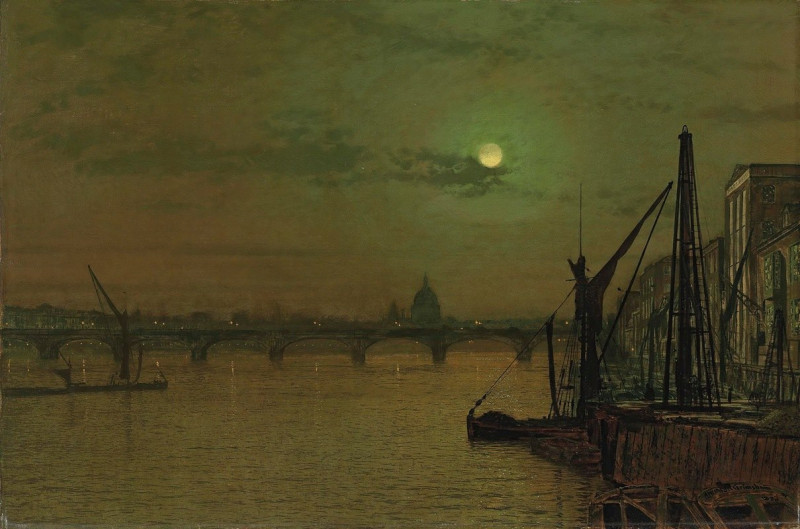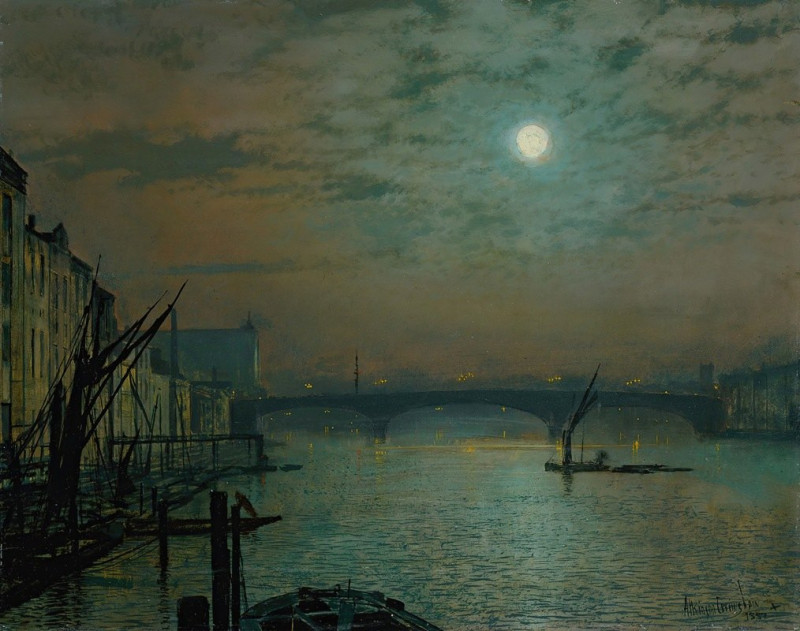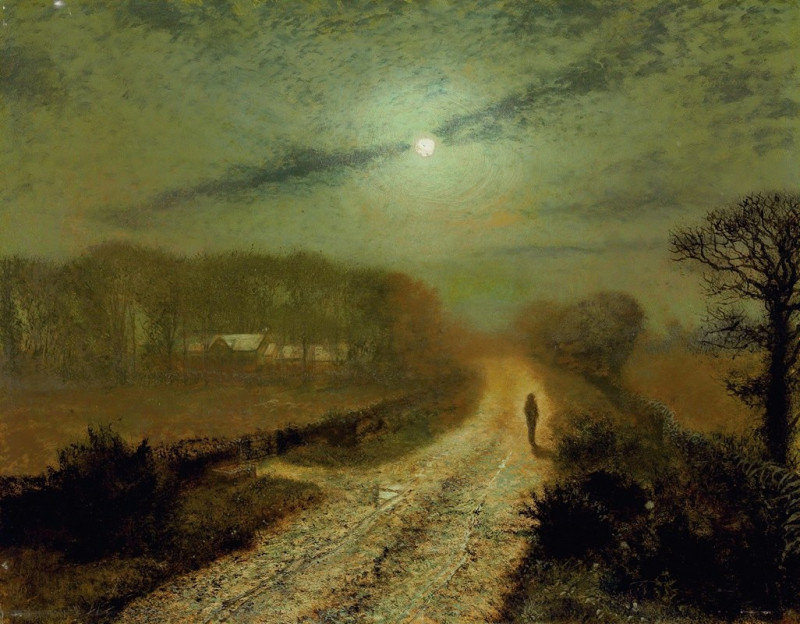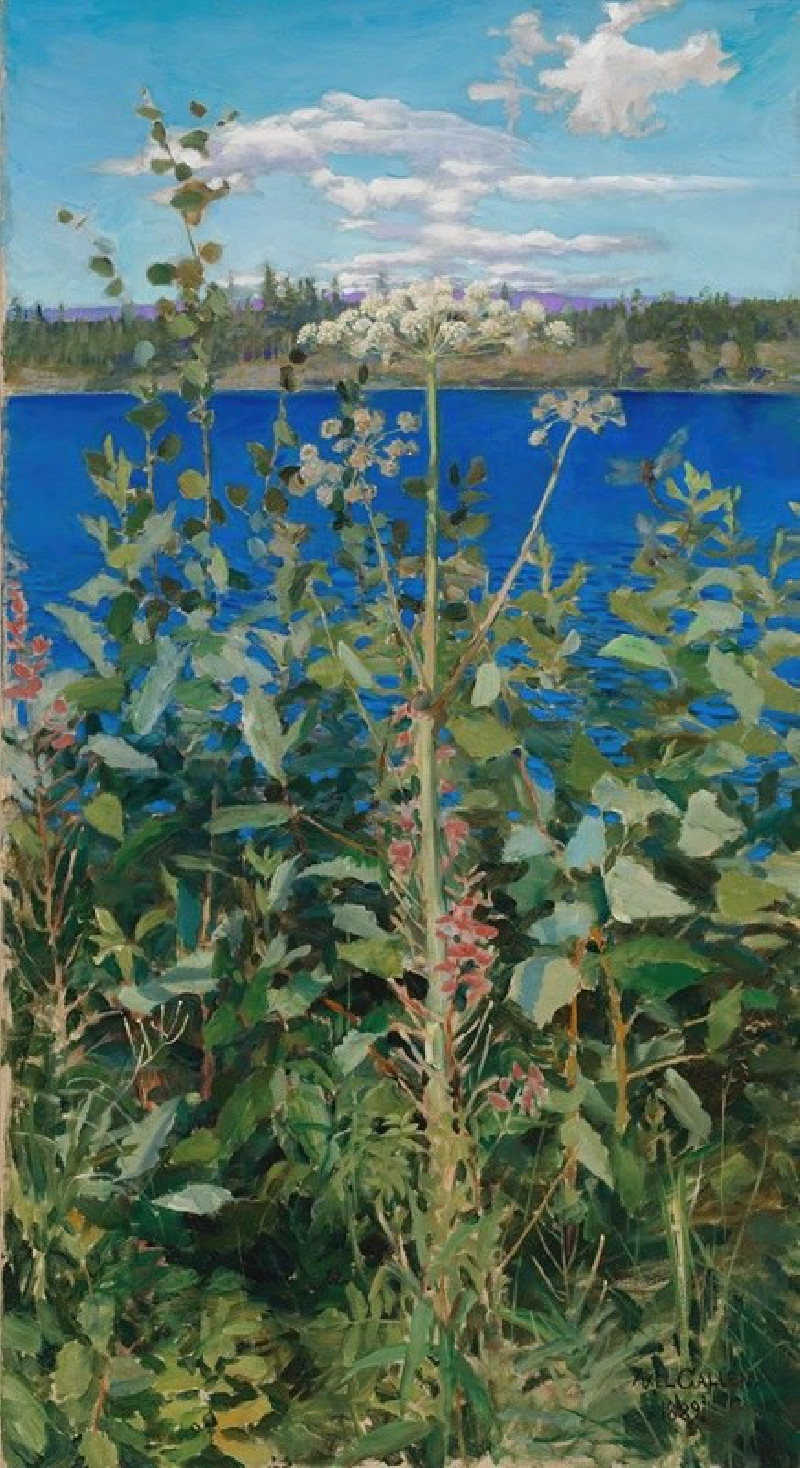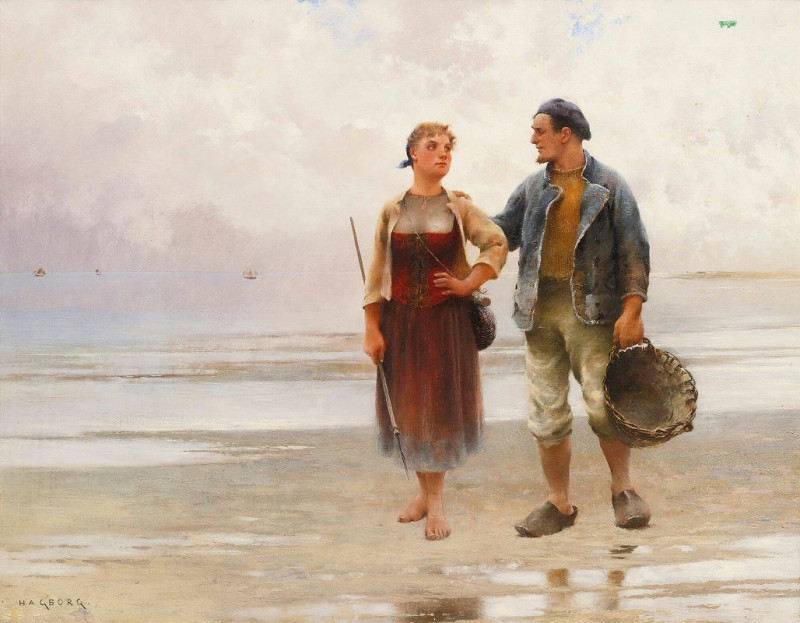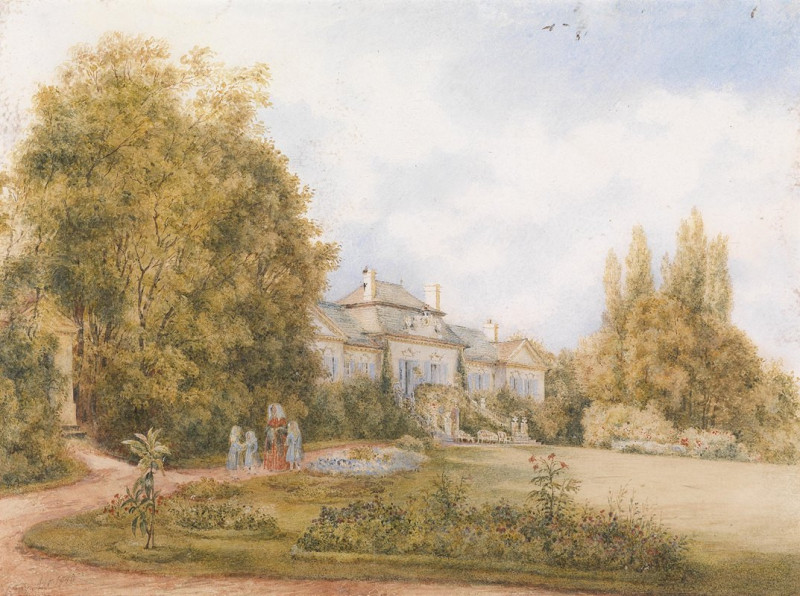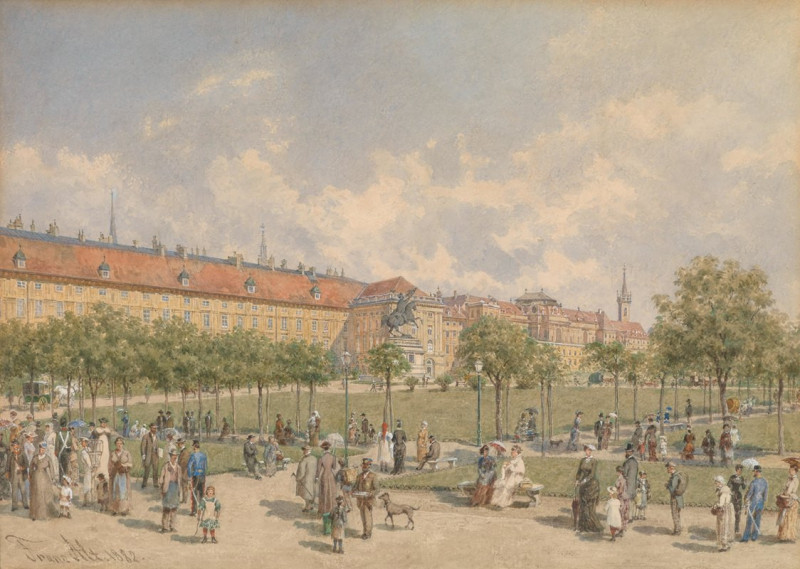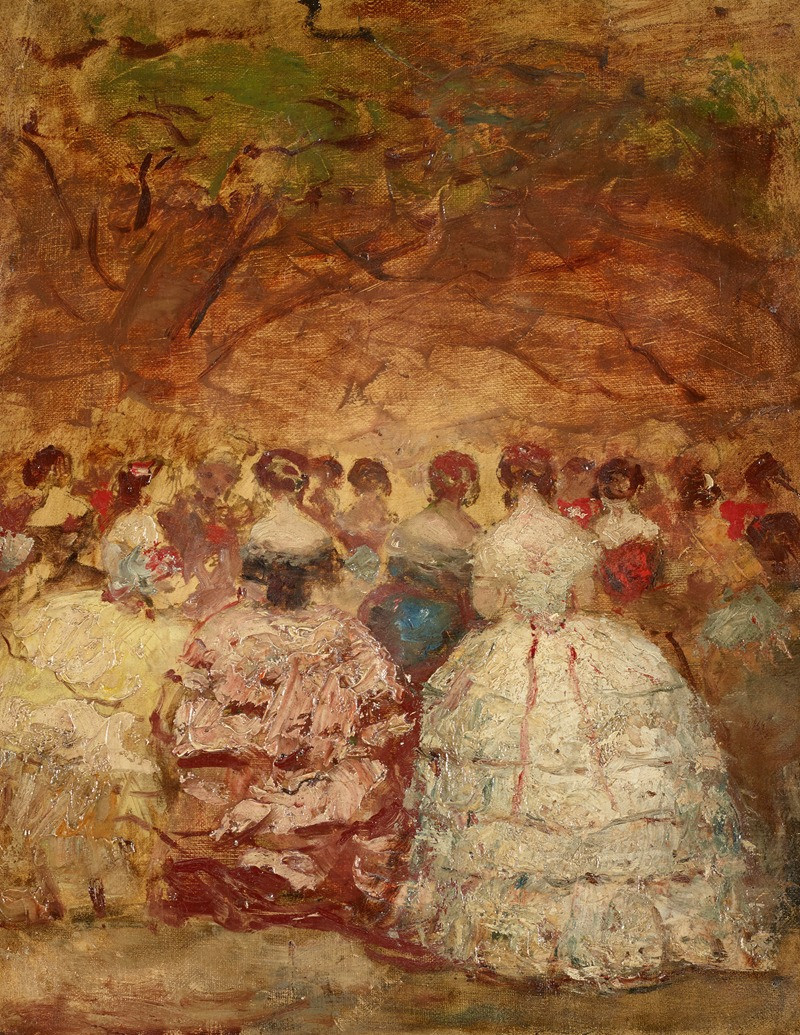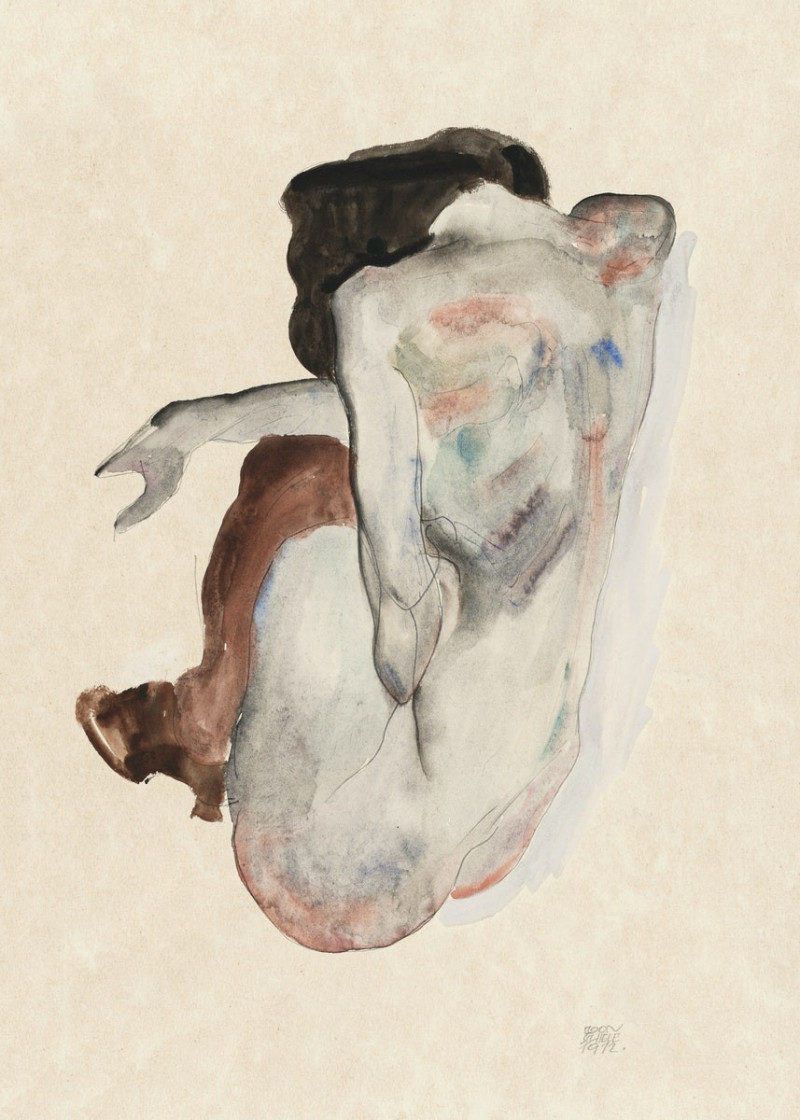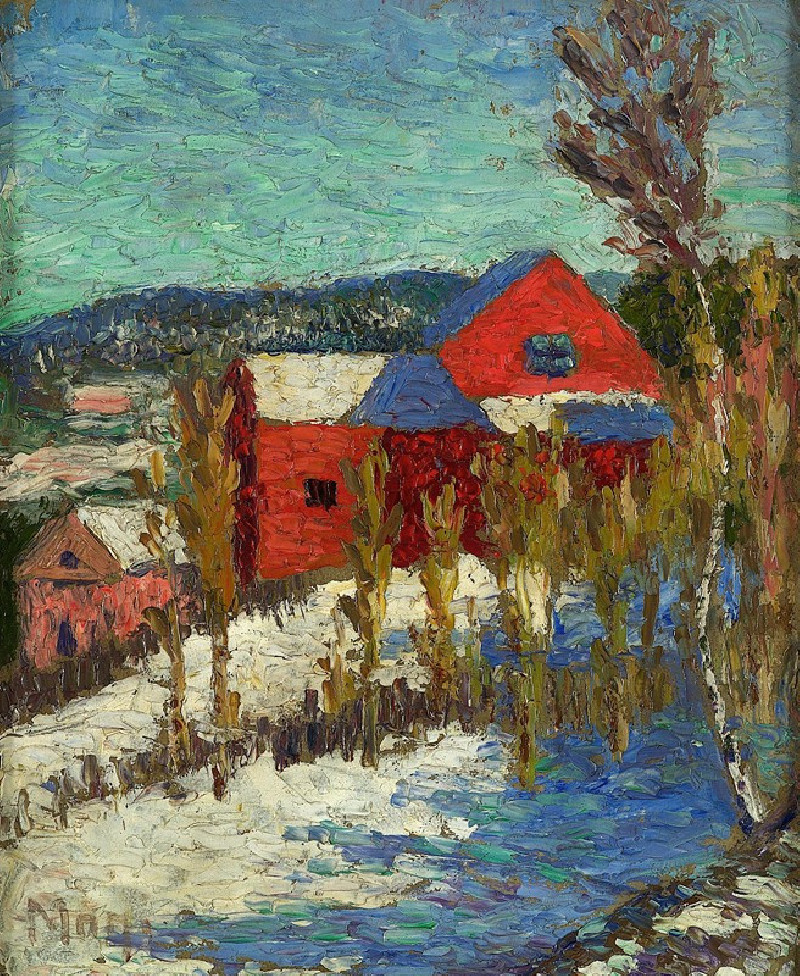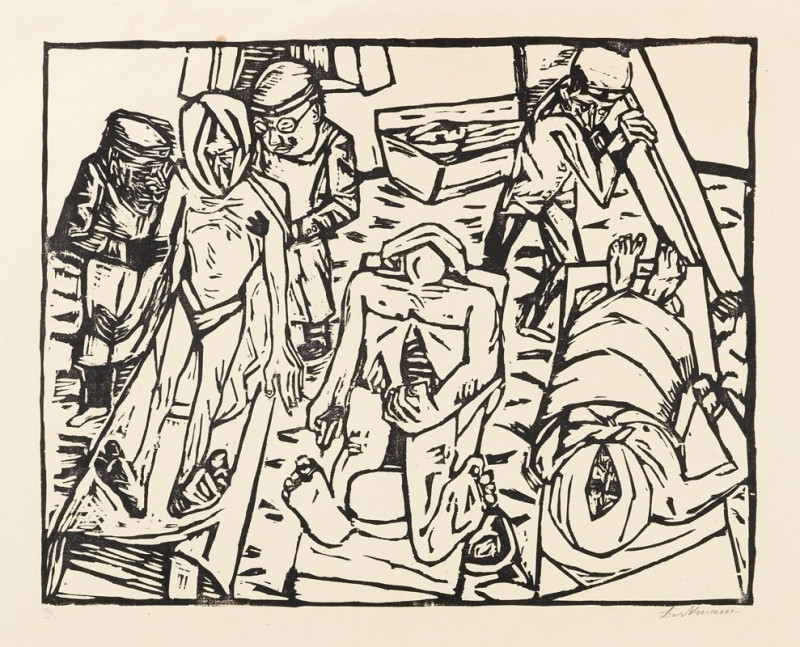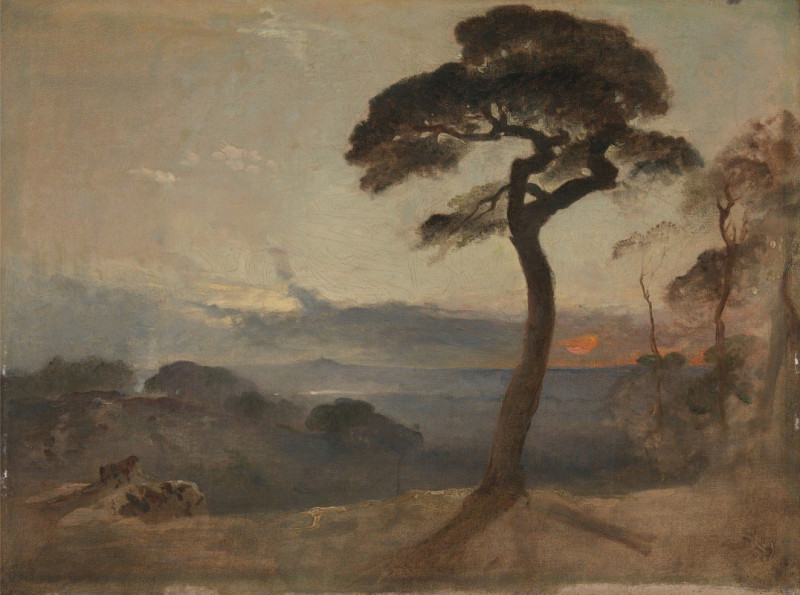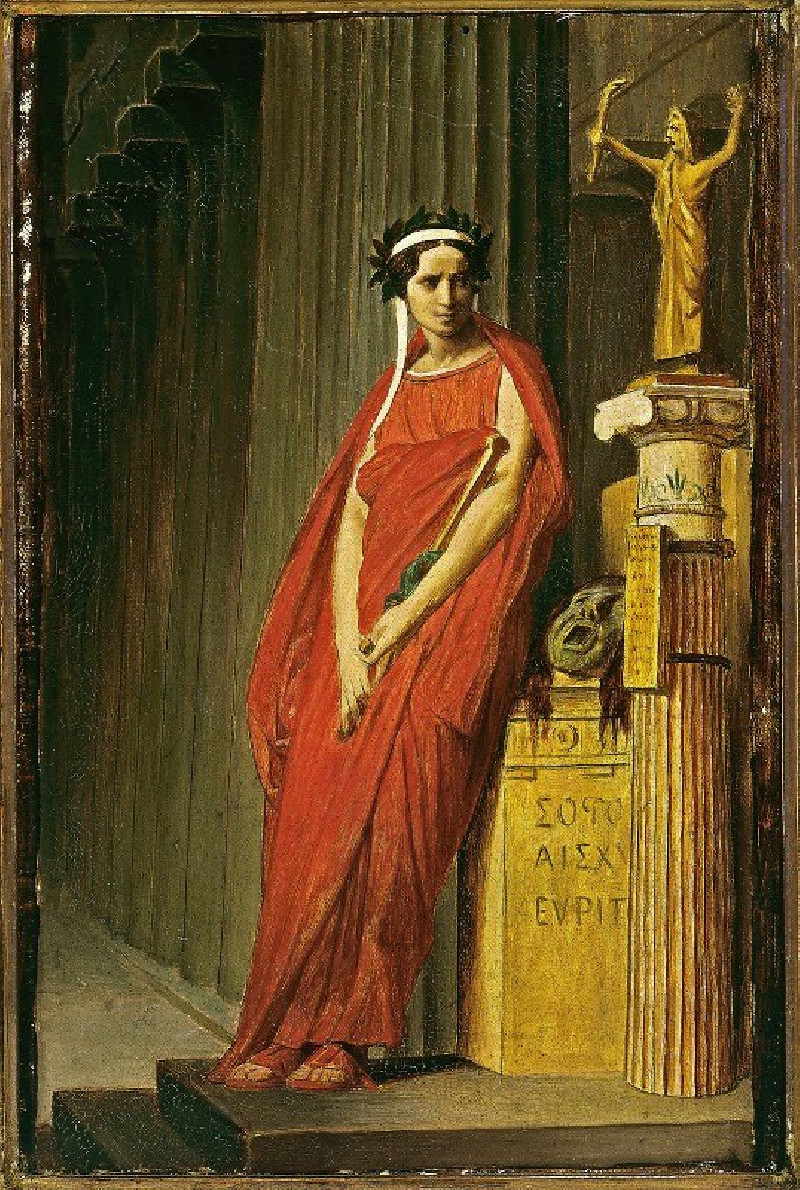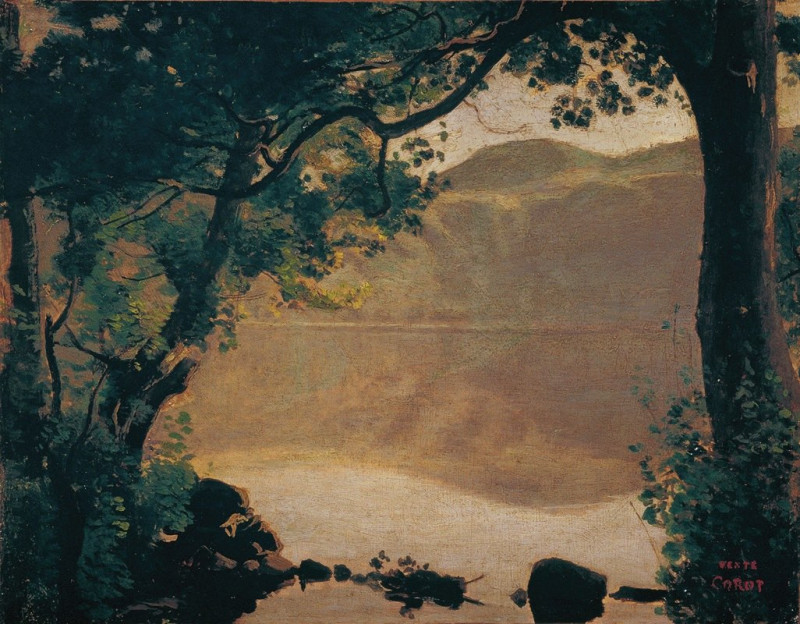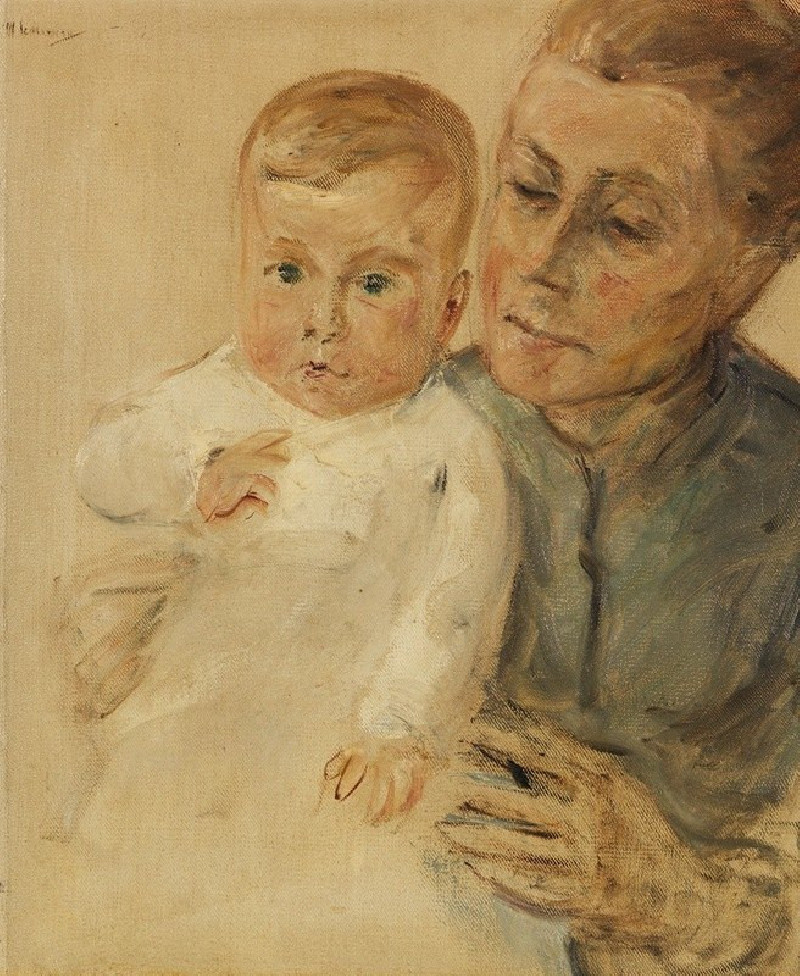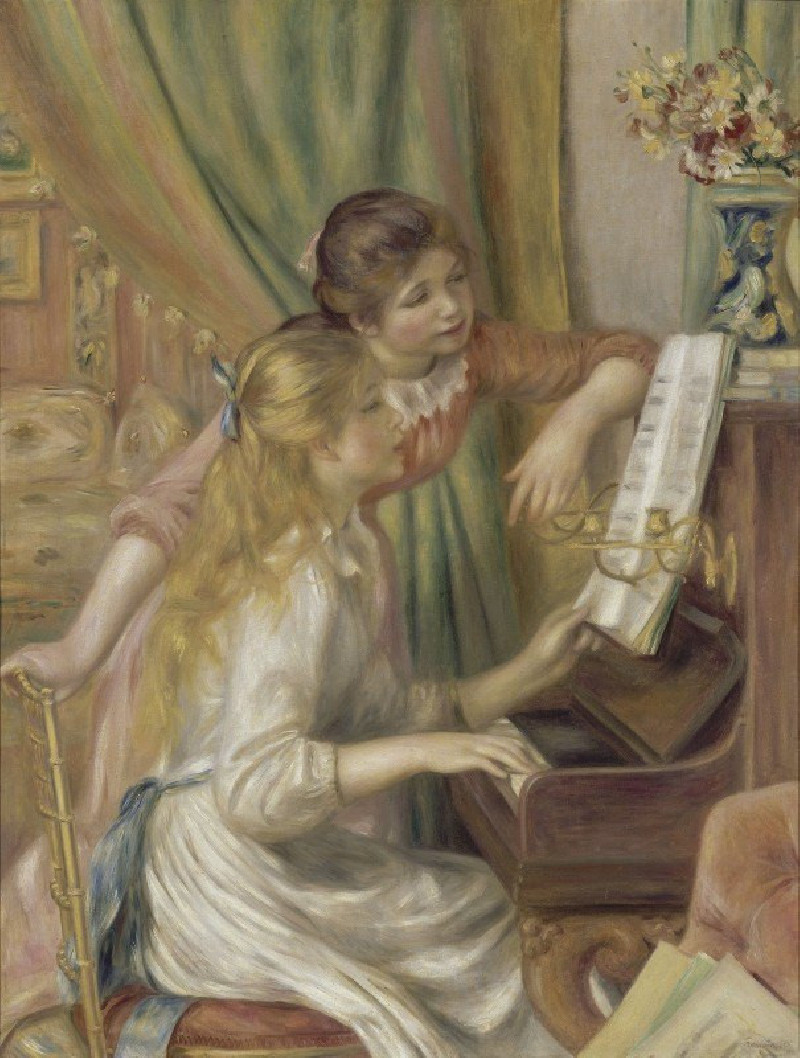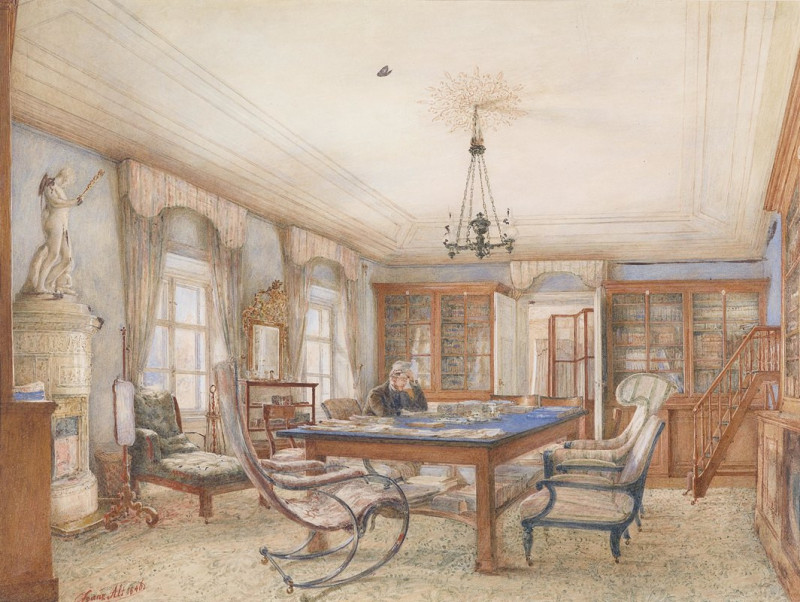St Anne’s Square And Exchange, Manchester
Technique: Giclée quality print
Recommended by our customers
More about this artwork
John Atkinson Grimshaw, a renowned Victorian-era painter known for his evocative nighttime scenes, captures the bustling essence of Manchester in his painting, "St Anne’s Square and Exchange, Manchester." This artwork immerses the viewer in a typical evening in the historic heart of Manchester during the late 19th century.The scene is set under a dusky, overcast sky, illuminated by the soft glow of gas lamps, which cast reflections on the rain-drenched cobblestone streets. The ambiance is further enriched by the subtle interplay of light and shadow, a signature technique of Grimshaw, giving the painting a moody yet vibrant feel.Dominating the scene are the grand Victorian architectural facades that line the square and the streets leading off it. Among these, the prominent statue overlooking the square adds a stately presence to the composition, anchoring the eye amidst the lively surroundings.Life in the square is depicted with meticulous detail; various figures are seen going about their evening routines, from gentlemen in top hats to women clad in the day's fineries, and horse-drawn carriages that add a dynamic element to the static architecture. The painter's fine attention to detail does not just recreate the physical appearance of the square but also evokes the bustling atmosphere of an era that was witnessing rapid urban growth and technological advancements.Grimshaw's work is not only a visual treat but also a historical document that offers insight into Manchester's urban landscape and social life during the Victorian era.
Delivery
Returns
John Atkinson Grimshaw was an English Victorian-era artist best known for his nocturnal scenes of urban landscapes. Today, he is considered one of the great painters of the Victorian era, as well as one of the best and most accomplished nightscape and townscape artists of all time. He was called a "remarkable and imaginative painter" by the critic and historian Christopher Wood in Victorian Painting (1999).

